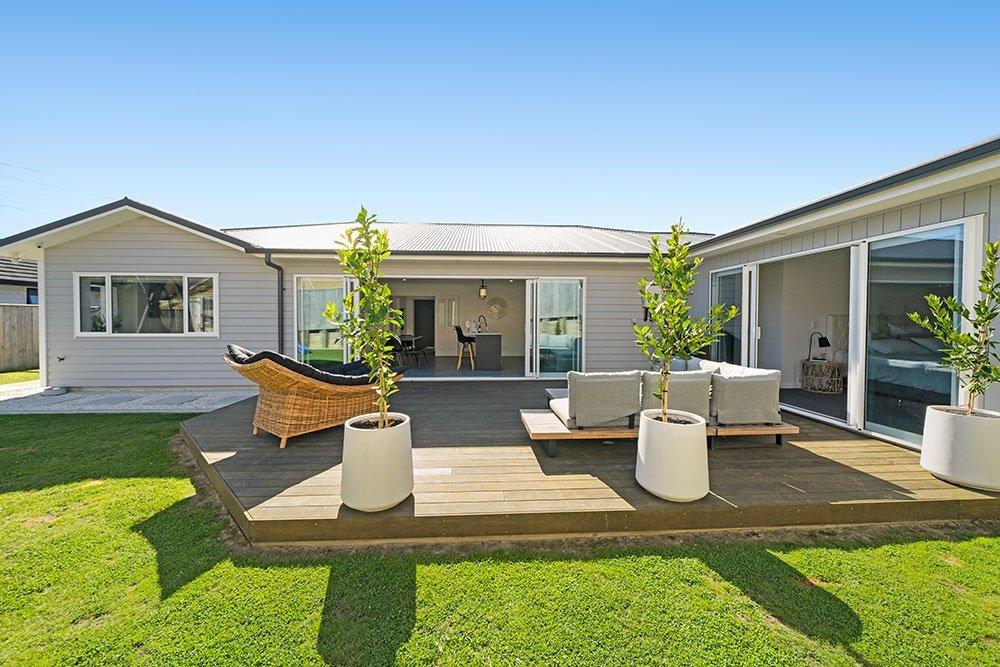When starting a project from the ground up—whether it’s a home build, landscaping design, or commercial space—your earliest decisions will shape the outcome for years to come. In New Zealand, the process requires more than just creativity and budget; it demands careful attention to land conditions, council regulations, sustainability, and future usability.
Ground Up Solutions is about building with intention. It’s not just laying foundations—it’s about starting smart, navigating challenges, and delivering lasting results. Whether you’re a homeowner, developer, or business owner, this guide unpacks essential strategies to help you get it right from day one.
Understanding the Ground-Up Approach
What Does “Building from the Ground Up” Entail?
A ground-up project begins with a blank slate—typically undeveloped or underutilized land. From excavation and design to utility hookups and compliance, you’re responsible for every phase of the process.
This approach gives you full control over layout, features, and materials, but also puts the onus on thorough planning. Unlike renovations, where constraints already exist, ground-up projects are opportunities to build smarter and cleaner—but they’re not without risk.
Laying the Right Foundation: Critical Early Steps
1. Conduct a Thorough Site Assessment
Before you commit to anything, evaluate the land conditions. In New Zealand, this often involves:
- Soil tests to assess stability and drainage
- Slope analysis for erosion risk or platform leveling
- Sun and wind direction for natural heating and ventilation
- Access to infrastructure (sewer, power, water)
Skipping this step could mean misjudging what’s feasible or facing expensive adjustments later in the project.
2. Understand Local Council Rules and Regulations
Each region in New Zealand has its own regulatory environment. Depending on your location, you’ll need to work with:
- District plans and zoning laws
- Building and resource consents
- Earthworks permits (especially near waterways or flood zones)
Designing with Vision and Value
3. Plan Beyond Aesthetics—Design for Function and Future
A beautiful build is one thing, but smart ground-up design also considers:
- Long-term energy efficiency (orientation, double glazing, insulation)
- Usability and adaptability (future family or business growth)
- Outdoor and landscaping integration (rainwater use, gardens, shade)
- Low-maintenance materials suited to NZ’s varied climates
This is especially important in regions with high UV, coastal winds, or frost-prone areas. A good design helps reduce energy bills, repair costs, and environmental impact over time.
Execution Tips: Managing a Ground-Up Build Successfully
4. Budget with Buffer Zones
A detailed cost plan is essential, but always includes a buffer. Sitework surprises are common:
- Unexpected excavation depth
- Costly retaining walls due to unstable slopes
- Price increases in timber, concrete, or steel
Setting aside an extra 10–15% for contingencies gives you room to respond without derailing your project.
5. Phase the Build if Necessary
Can’t do it all at once? Consider staging:
- Stage 1: Earthworks, foundation, utilities
- Stage 2: Main structure and weatherproofing
- Stage 3: Interior fit-outs and landscaping
This phased approach can spread financial load, allow for design refinement, and ensure critical parts are completed first.
6. Use Project Management Tools
Modern tools like Buildertrend, CoConstruct, or even Trello can help you:
- Track progress
- Share timelines with contractors
- Monitor spending against estimates
- Communicate changes instantly
Good documentation is your best defense against delays, disputes, or scope creep.
Common Pitfalls to Avoid
Even experienced developers can fall into traps. Here’s what to watch out for:
- Skipping proper drainage planning: Poor water flow around your foundation can lead to flooding or erosion.
- Ignoring local council updates: Rules change, especially with new sustainability standards.
- Overdesigning for the land: Don’t fight the terrain. Work with it—rather than leveling excessively or forcing a layout that doesn’t suit the site.
- Assuming timelines are fixed: Weather, inspections, and supply delays are common. Always plan for flexibility.
Why Ground-Up Projects Are Worth the Effort
Though complex, starting from scratch offers unmatched control. With smart planning, local knowledge, and the right team, a ground-up project in New Zealand can be a deeply rewarding experience—whether it’s building your dream home, creating a revenue-generating rental, or developing a business site aligned with future needs.
It also gives you the opportunity to build sustainably, reduce long-term costs, and meet modern living standards from day one.
Final Thoughts
A successful build from the ground up in New Zealand hinges on clear vision, local expertise, and structured execution. From site prep to council sign-off, each step must be intentional and informed.
With a team like Ground Up Solutions, you benefit from experienced professionals who understand how to navigate NZ’s construction environment with confidence and care. Whether it’s your first build or your fifth, the right foundation makes all the difference.
